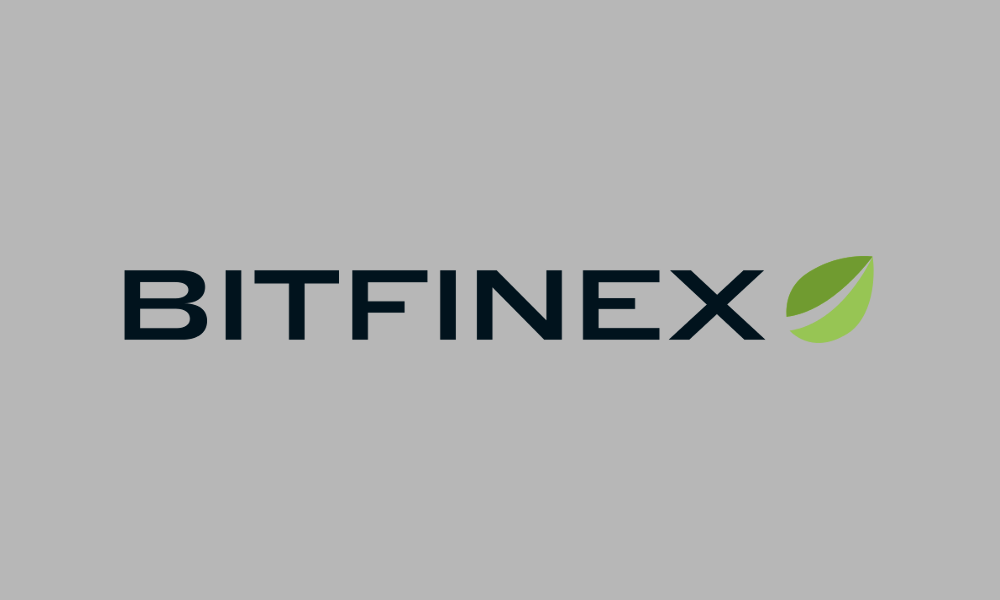Bitfinex, the well-known cryptocurrency exchange, has just raised the bar for decentralized cryptocurrency exchanges. This week, it announced the launch of a new decentralized cryptocurrency exchange called “EOSfinex.”
EOSfinex is different from other decentralized exchanges on the market due to its underlying technology, which will combine the scalability and speed of EOS.IO with Bitfinex’s expertise. The platform is an “on chain” exchange designed to offer a fast, transparent and trustless system for the trading of digital assets.
EOS.IO is a blockchain protocol being built by the company block.one. EOS.IO enables horizontal scaling of decentralized applications, allowing developers to efficiently create high performance distributed applications. The EOS.IO software provides accounts, authentication, databases, and the scheduling of applications across multiple CPU cores and/or clusters. This allows for a number of benefits including horizontal scalability and the replacement of user fees with an ownership model, and it powers the simple deployment of decentralized applications.
According to Bitfinex, the company has continually sought to research and sandbox the capabilities of various protocol-level technologies that meet the rigorous requirements of a high volume, blockchain-based trading platform. This vision led the company to EOS.IO, whose goal of processing tens of thousands of transactions per second, with minimal fees and confirmation times, is heavily aligned with Bitfinex’s ambitions.
“Existing blockchain platforms are unable to meet the high performance requirements demanded by decentralized exchanges. We believe EOSfinex will be an ambassador for the capabilities fundamentally enabled by EOS.IO,” said Brendan Blumer, the CEO of Block.one.
Bitfinex has recently been under fire for its association with Tether (USDT), a token that has claimed to be backed by U.S. dollars, but has no proof that this money exists. Tether is owned and operated by the same individuals who run Bitfinex.
Being one of the largest cryptocurrency exchanges in the world (Bitfinex handles a daily trading volume of around US$2 billion), Bitfinex has also become a target for hacks. On November 19, 2017, Bitfinex revealed that the exchange had been threatened with a coordinated attack designed to disrupt the market.
With this information in mind, it’s no wonder that Bitfinex has shown interest in decentralized exchanges. Decentralized platforms are gaining traction, as they are proving to be more secure trading outlets since trades are conducted between users, in a peer-to-peer fashion, rather than through an exchange itself.
In a way, centralized exchanges act as a bank, broker and clearing house because they hold users’ money and charge fees. This is problematic, which could be a reason as to why hacks often happen on centralized exchanges.
What This Means For Centralized Crypto Exchanges
Ultimately, Bitfinex’s creation of EOSfinex could mean a few things for leading centralized exchanges.
First, it demonstrates interest in adapting to a new model that allows users to trade in a peer-to-peer fashion. Rather than keep users’ money on an exchange that is prone to hacks, decentralized exchanges provide a sense of security.
Secondly, the implementation of EOS.IO technology shows that decentralized exchanges are capable of hosting millions of transactions in a matter of seconds with new infrastructures.
Yet the major point to keep in mind here is that large crypto exchanges are looking for new ways to secure their platforms. This could very well result in an increase in the number of decentralized exchanges in the cryptocurrency marketplace.

